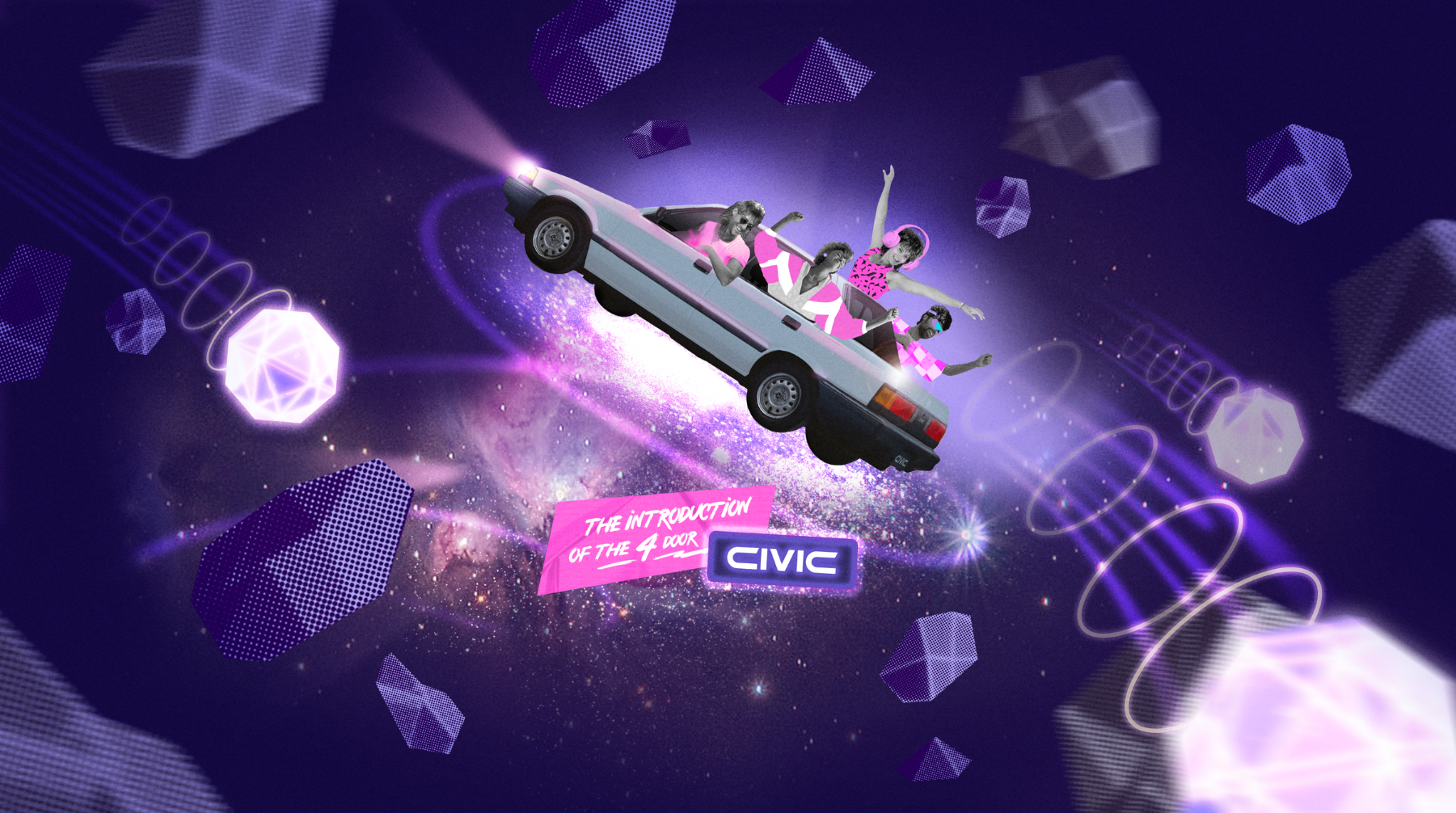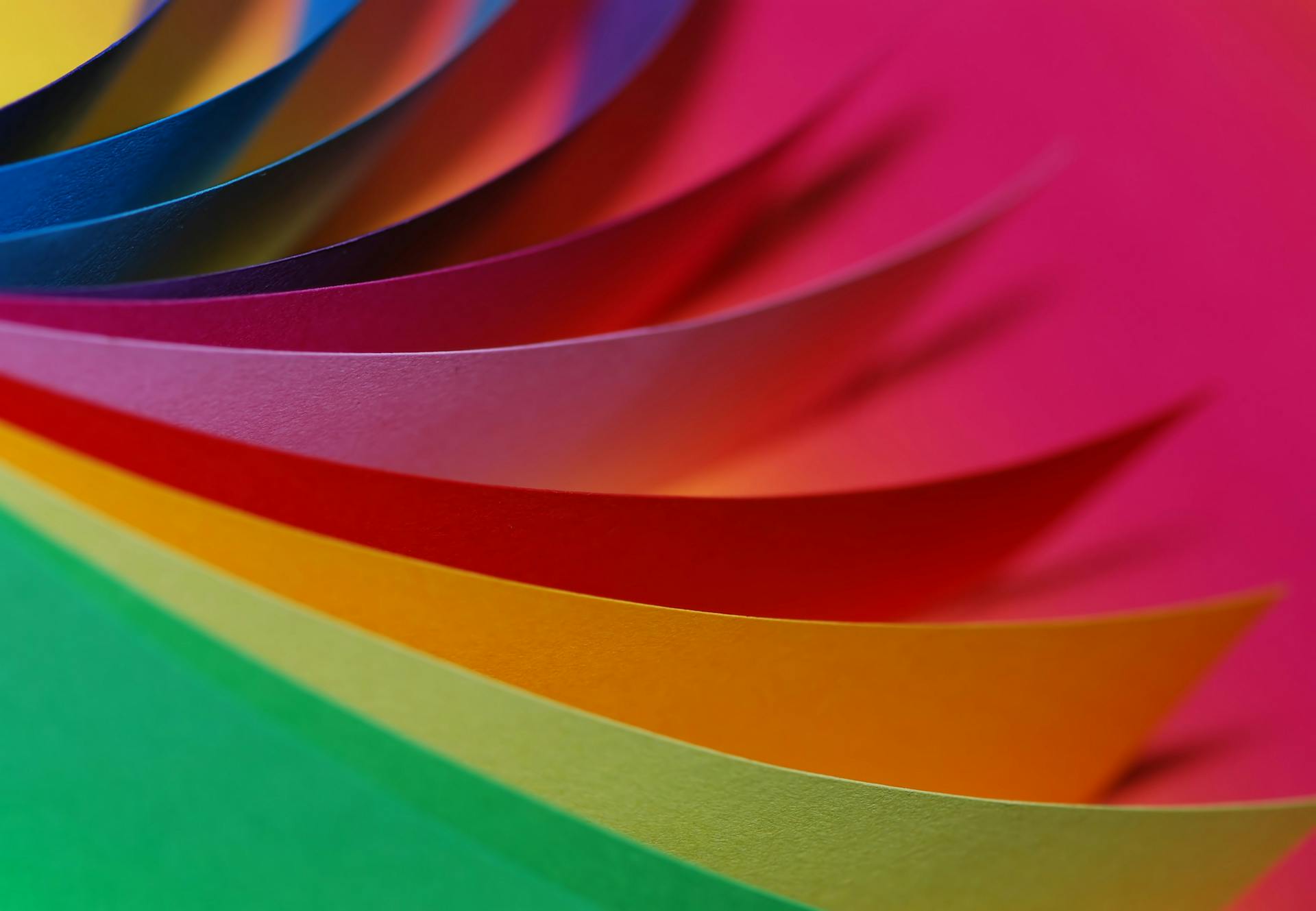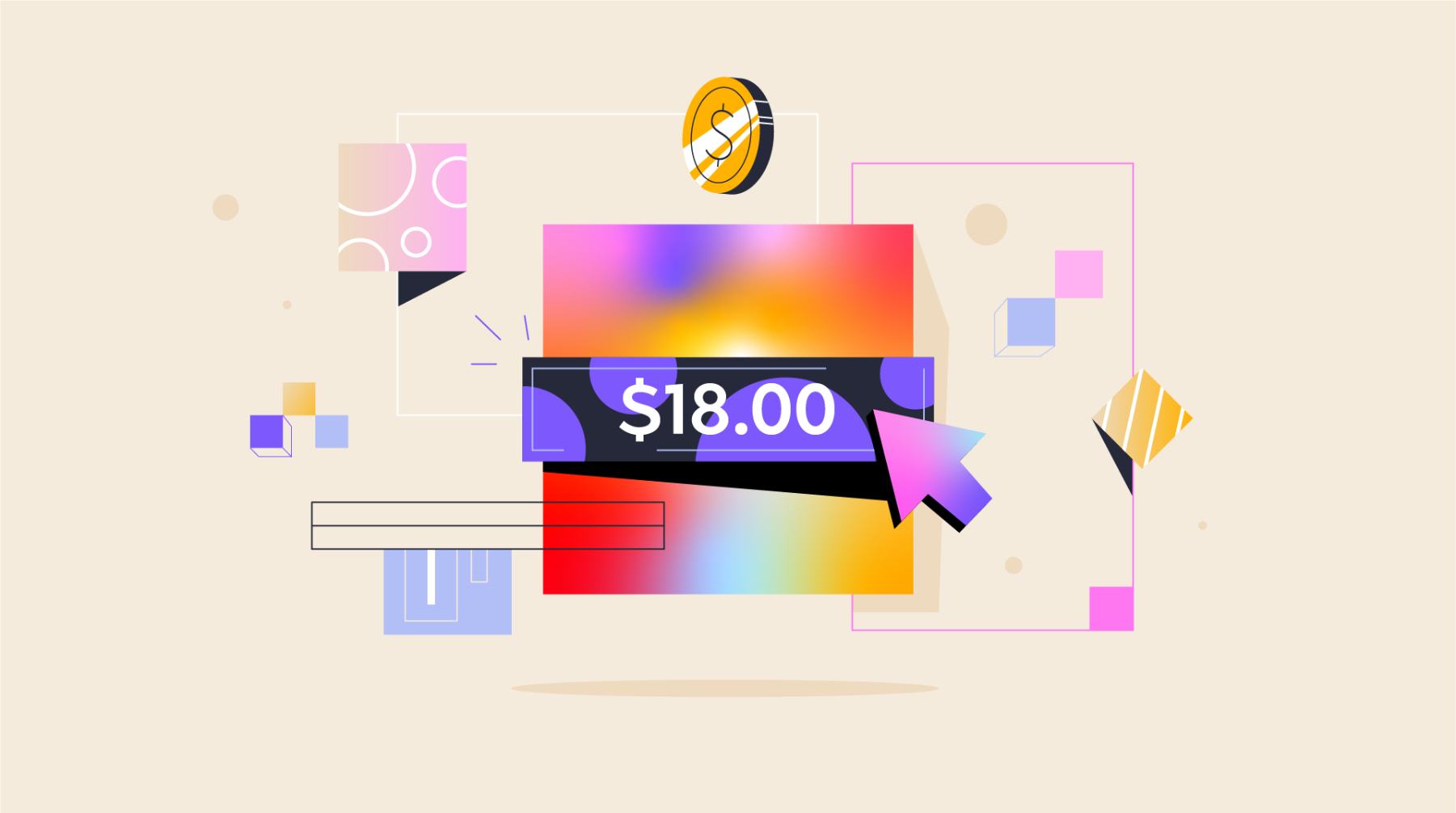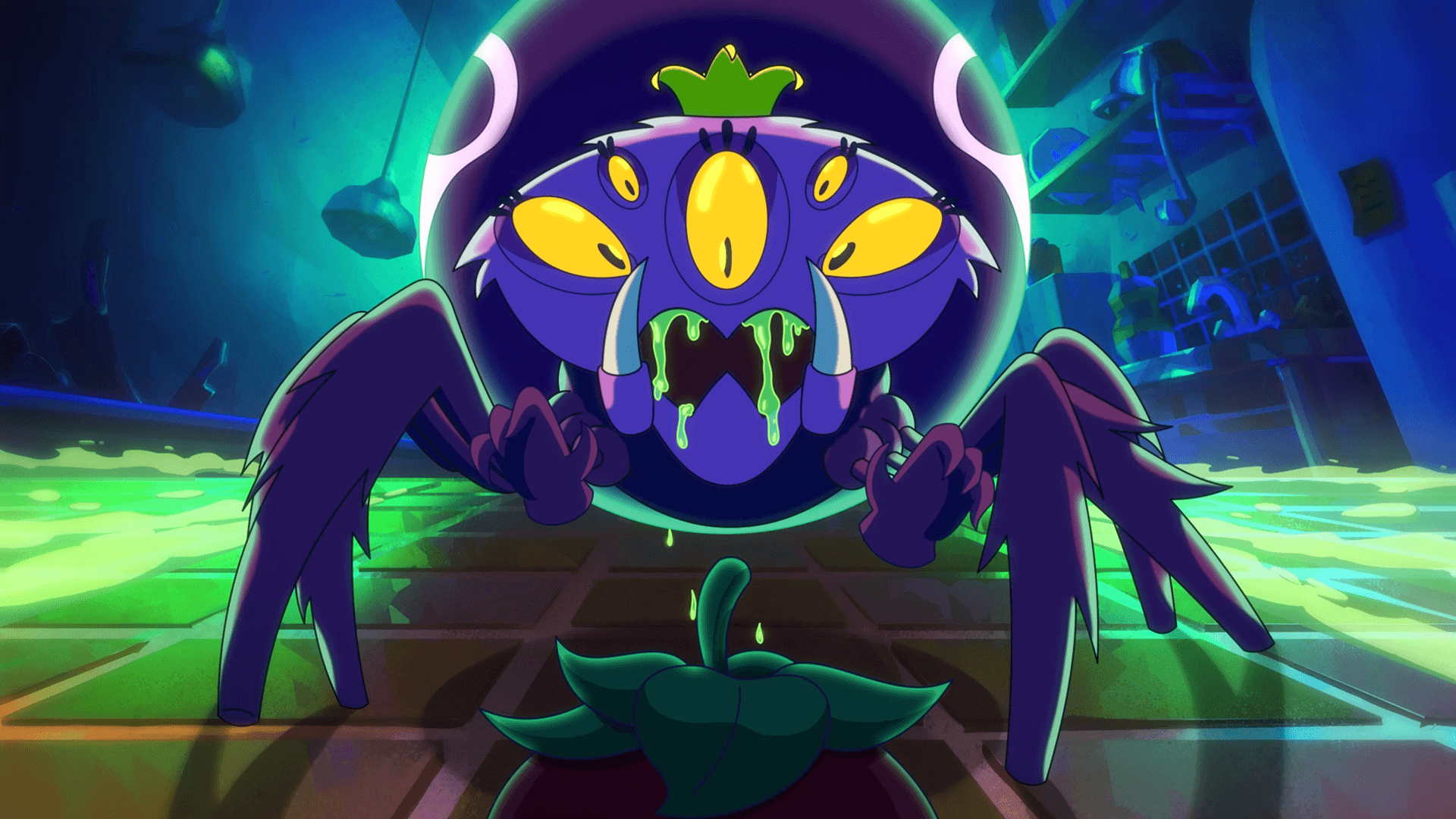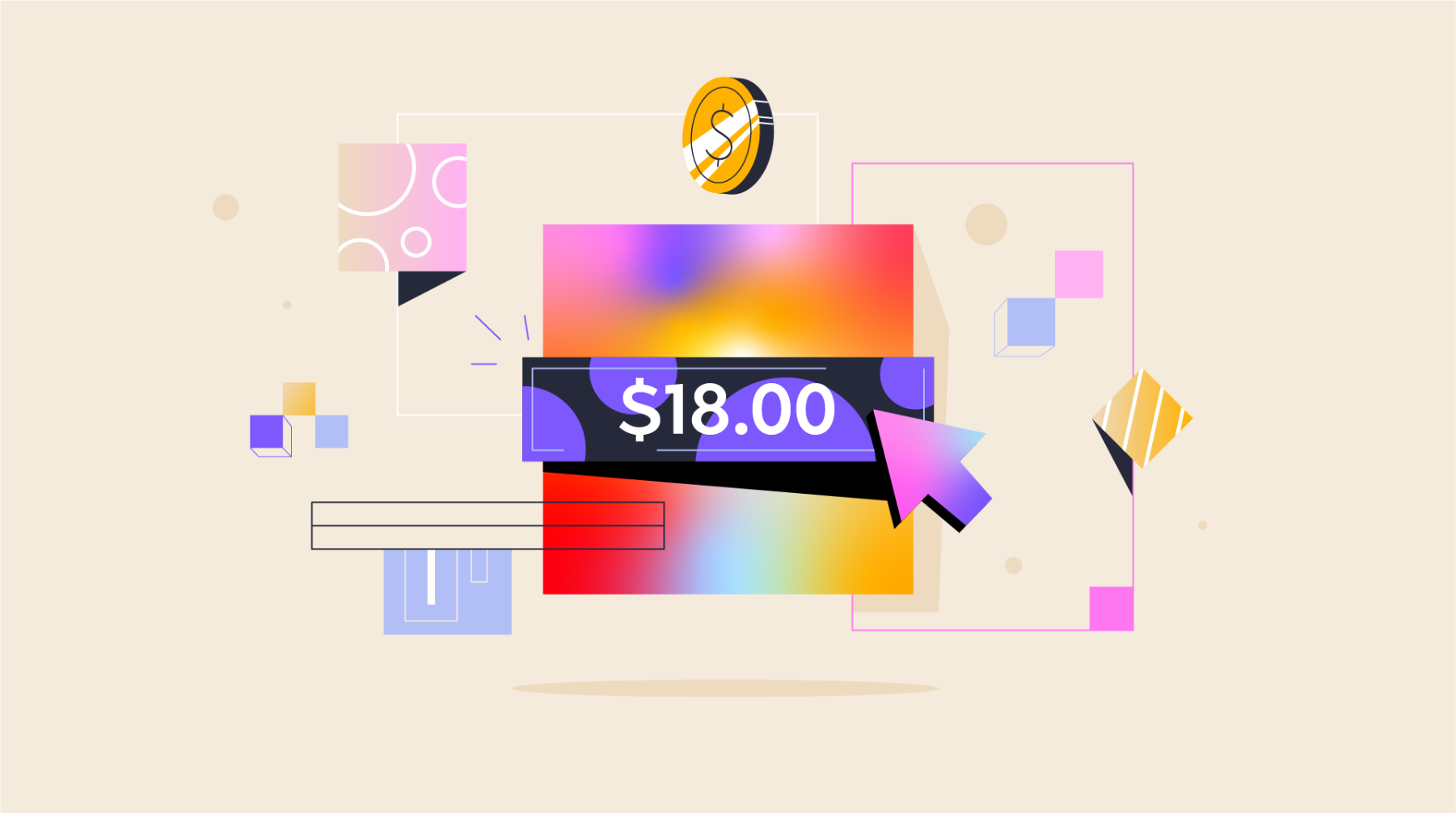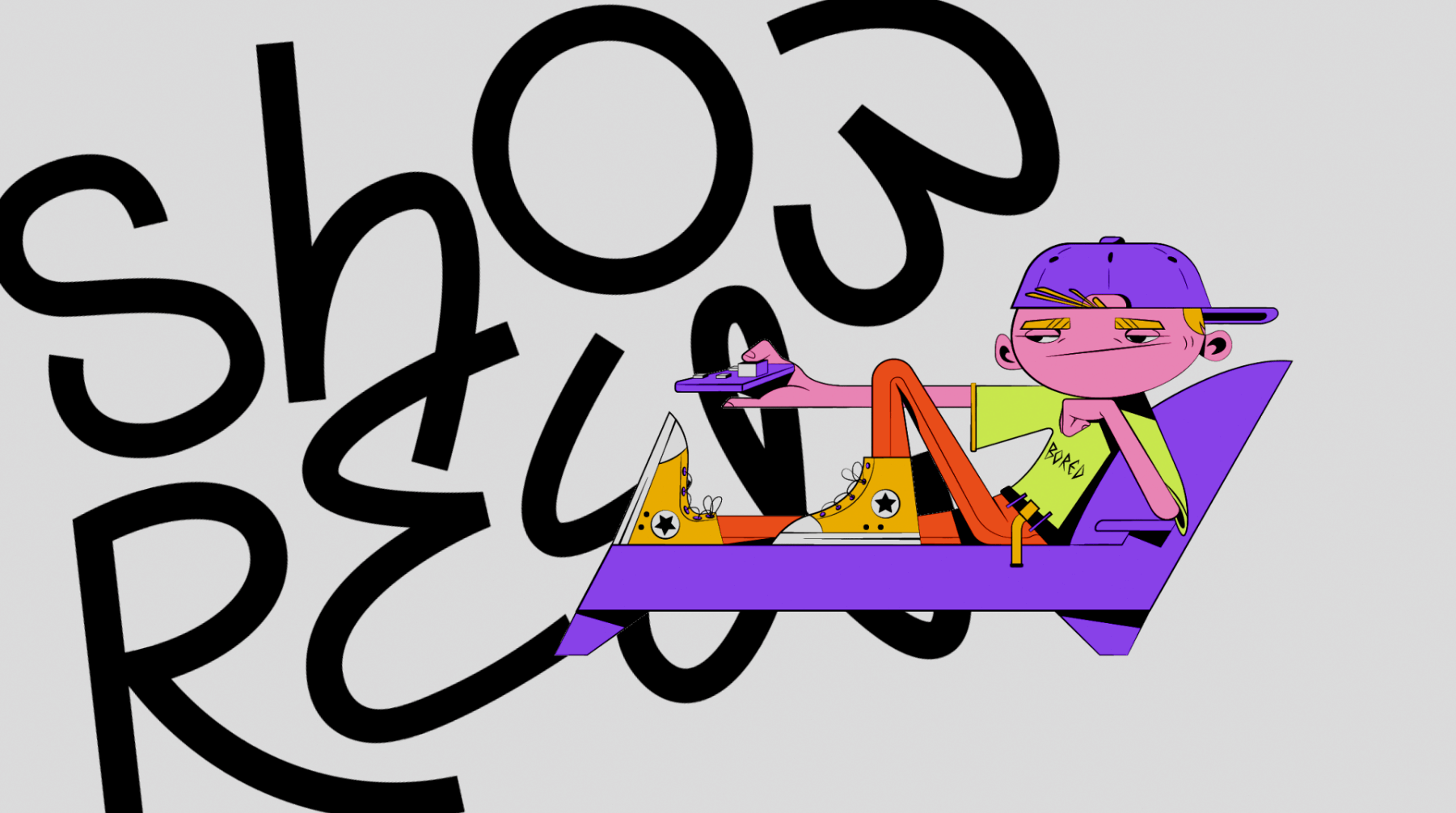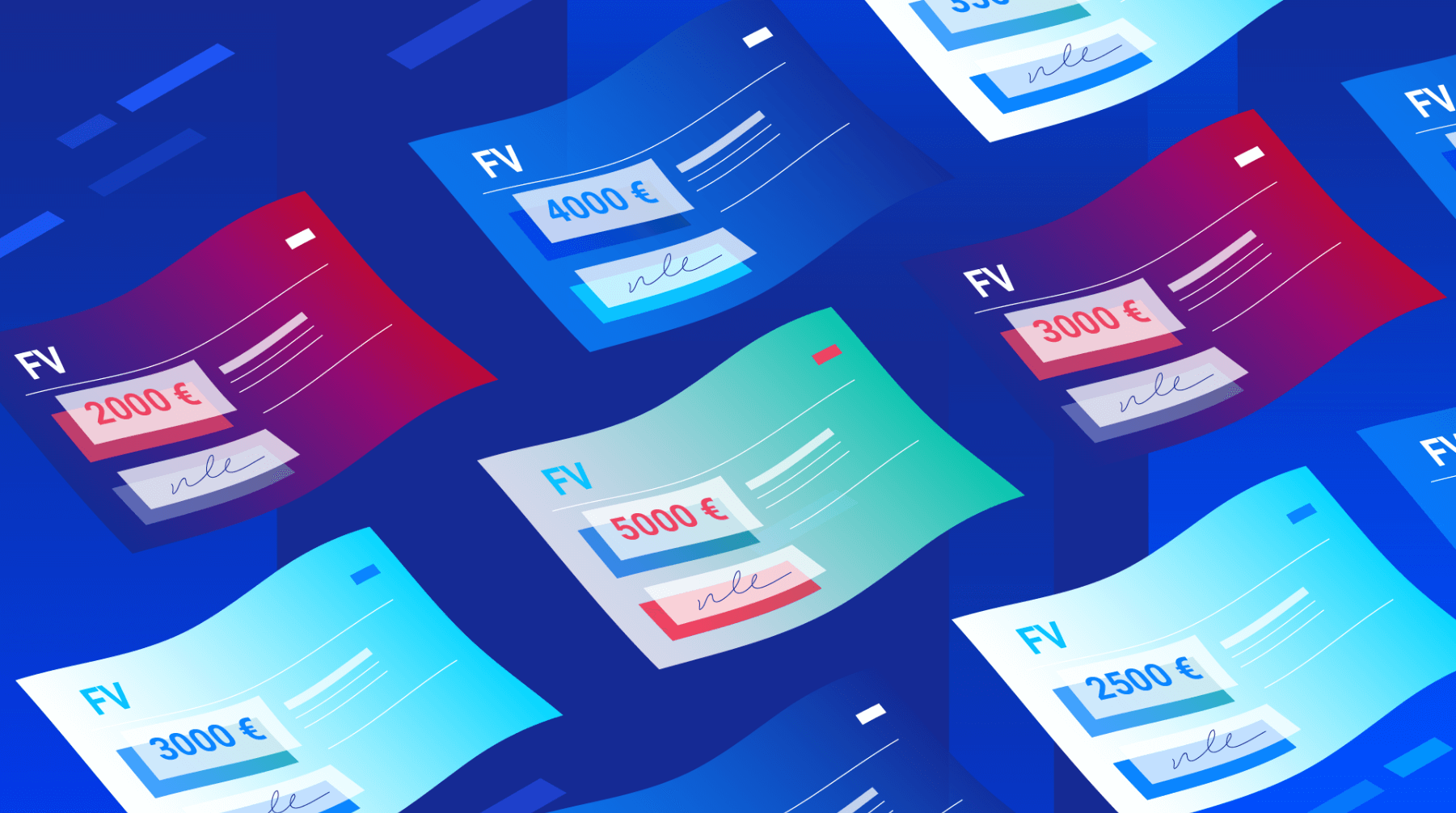The Power of Color in Marketing: Unlocking the Potential of Visual Communication
Marketing tips
Joanna Gauza
08.11.2024
6 MINUTES
In the competitive world of marketing and branding, every detail matters. One of the most powerful tools at a marketer's disposal is color. The strategic use of primary color can significantly influence consumer perception, evoke emotions, and drive purchasing decisions. This article delves into the fascinating realm of color psychology and its application in marketing, exploring how businesses can harness the power of color to create compelling brand identities and effective marketing campaigns.
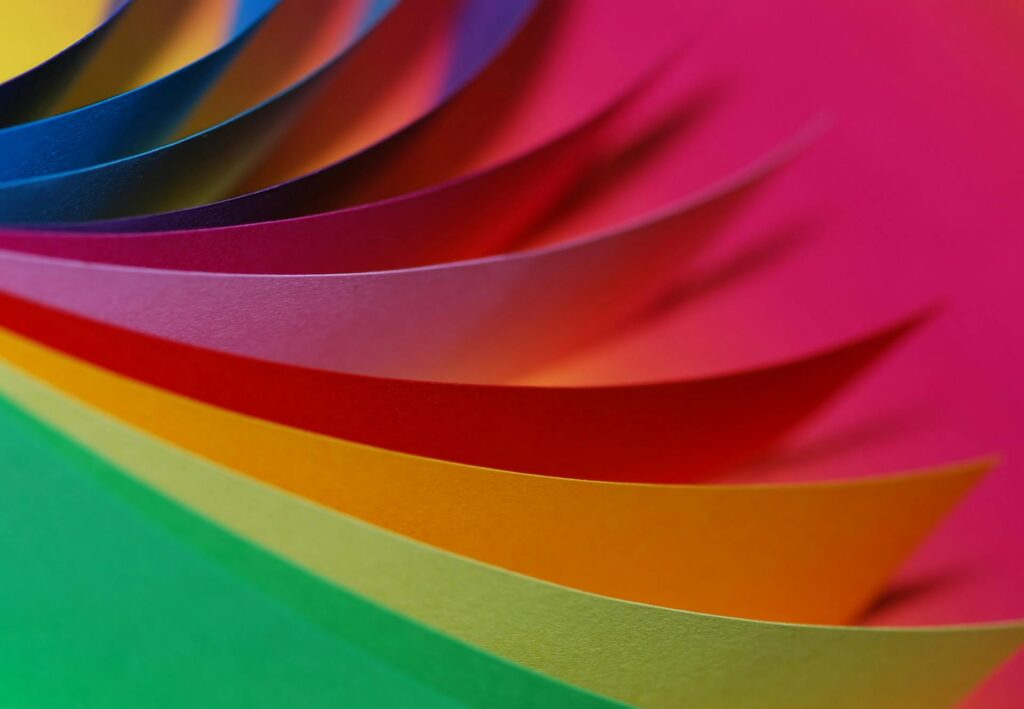
Understanding Color Psychology
Color psychology is the study of how choosing colors affect human behavior, emotions, and perceptions. In marketing, this knowledge is invaluable for creating impactful visual communications that resonate with target audiences. By understanding the psychological associations of different colors, marketers can craft messages that elicit specific emotional responses and influence consumer behavior.
The color impact on marketing - human psychology is profound and multifaceted. Research has shown that color can affect mood, attention span, and even physiological reactions. For instance, warm contrasting colors like red and orange can increase heart rate and create a sense of urgency, while cool colors like blue and green can have a calming effect and promote trust.
Color Theory in Marketing
Color theory provides a framework for understanding how colors interact and how they can be combined effectively. In marketing, color theory is essential for creating visually appealing and harmonious designs that capture attention and convey the right message.
One of the fundamental concepts in color theory is the color wheel, which organizes colors based on their relationships. This tool helps marketers choose color combinations that work well together and create the desired visual impact. For example, complementary colors (those opposite each other on the color wheel) can create striking contrasts, while analogous colors (those adjacent on the wheel) can create a sense of harmony and cohesion.
Another important aspect of color theory in marketing is the use of color schemes. These are predefined combinations of colors that work well together and can be used to create a cohesive visual identity. Some common color schemes include:
- Monochromatic: Using different shades and tints of a single color
- Complementary: Using colors opposite each other on the color wheel
- Triadic: Using three colors equally spaced on the color wheel
- Analogous: Using colors adjacent to each other on the color wheel
By applying color theory principles, marketers can create visually appealing designs that effectively communicate their brand's message and values.
The Role of Color in Brand Identity
A brand's identity is the sum of its visual and emotional attributes, and color plays a crucial role in shaping this identity. The colors a brand chooses become an integral part of its visual language, helping to differentiate it from competitors and create a lasting impression in consumers' minds.
When selecting colors, it's essential to consider the following factors:
- Target audience: Different demographics may respond differently to various colors.
- Industry norms: Some industries have established color associations that can be leveraged or subverted.
- Brand personality: Colors should align with the brand's values and personality traits.
- Cultural context: Color meanings can vary across cultures, so it's important to consider the target market's cultural background.
Consistency in the use of brand colors across all marketing materials and touchpoints is crucial for building brand recognition and reinforcing brand identity. This consistency helps create a cohesive brand experience and makes it easier for consumers to identify and remember the brand.

Color Associations and Their Impact on Marketing
Color associations play a significant role in how consumers perceive and interact with brands. These associations can be based on cultural, personal, or universal factors, and they can greatly influence purchasing decisions. Understanding these associations is crucial for effective color choice in marketing.
Some common color associations in Western cultures include:
- Red: Excitement, passion, urgency
- Blue: Trust, stability, professionalism
- Green: Nature, growth, health
- Yellow: Optimism, happiness, energy
- Purple: Luxury, creativity, royalty
- Orange: Enthusiasm, adventure, confidence
- Black: Sophistication, luxury, power
- White: Purity, cleanliness, simplicity
It's important to note that these associations can vary depending on context and cultural background. For example, while white is associated with purity and weddings in Western cultures, it is often associated with mourning in some Eastern cultures.
Marketers can leverage these color associations to evoke specific emotions or perceptions about their brand or product. For instance, a financial institution might use the most popular color blue to convey trust and stability, while a health food brand might opt for green to emphasize its connection to nature and wellness.
The Power of Color in Consumer Behavior
The impact of color on consumer behavior is profound and well-documented. Research has shown that color can influence everything from brand perception to purchasing decisions. In fact, studies suggest that up to 90% of snap judgments about products can be based on color alone.
Color psychology in marketing and branding can be used to:
- Attract attention: Bright colors or contrasting color combinations can help a product or advertisement stand out in a crowded marketplace.
- Influence mood: Colors can evoke specific emotions, which can be leveraged to create a desired atmosphere or association with a brand.
- Enhance readability: The right color choices can improve the legibility of text and make important information more noticeable.
- Increase brand recognition: Consistent use of brand colors can improve brand recall and recognition by up to 80%.
- Drive conversions: Strategic use of color in call-to-action buttons and other key elements can significantly increase click-through rates and conversions.
Understanding how color influences consumer behavior allows marketers to make informed decisions about color choice in their marketing materials, packaging, and overall brand identity.
Color Psychology - FAQ
What is the most powerful color in marketing?
While the effectiveness of colors can vary depending on context and target audience, red is often considered one of the most powerful colors in marketing. Red is associated with excitement, passion, and urgency, making it effective for grabbing attention and driving action. However, other colors like blue (for trust and reliability) and green (for health and eco-friendliness) can be equally powerful in the right context.
What colors stand for in marketing?
Colors in marketing can represent various emotions, values, and brand attributes:
- Red: Excitement, urgency, passion
- Blue: Trust, stability, professionalism
- Green: Nature, health, growth
- Yellow: Optimism, clarity, warmth
- Purple: Luxury, creativity, royalty
- Orange: Enthusiasm, adventure, confidence
- Black: Sophistication, luxury, power
- White: Purity, cleanliness, simplicity
The specific meanings can vary based on cultural context and industry norms.
Why is color important in advertising?
Color is crucial in advertising because it:
- Attracts attention and makes ads more memorable
- Evokes emotions and influences mood
- Communicates brand personality and values
- Improves brand recognition and recall
- Influences purchasing decisions
- Enhances the overall visual appeal of advertisements
- Can increase conversion rates when used strategically
What are the powers of color?
The powers of color in marketing and beyond include:
- Emotional influence: Colors can evoke specific emotions and moods
- Psychological impact: Colors can affect perception, behavior, and decision-making
- Brand differentiation: Unique color schemes can help brands stand out
- Improved communication: Colors can convey messages quickly and effectively
- Enhanced memory: Color can improve recall of information and brand elements
- Cultural significance: Colors can carry deep cultural meanings and associations
- Physiological effects: Some colors can influence physical reactions, like increased heart rate
Client Relations Specialist in Pigeon Studio - animation production company
Enter your email address:
